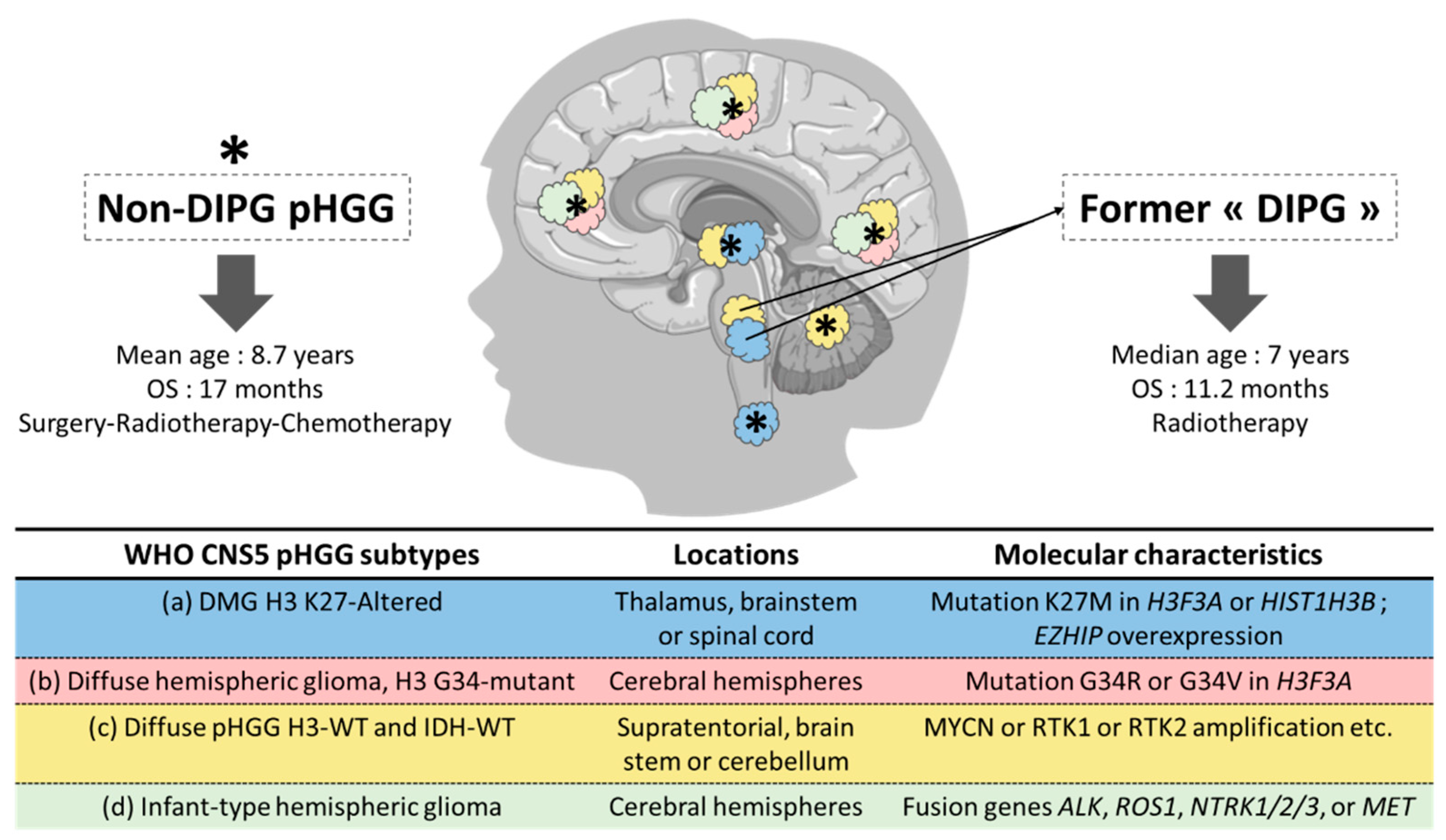Pediatric glioma relapse prediction is a vital area of research that aims to enhance the management of childhood brain tumors. Recent advancements in artificial intelligence (AI) have brought new hope, leveraging advanced algorithms to analyze multiple brain scans over time for improved accuracy in risk assessment. Traditional prediction methods often fall short, leaving families in distress as they navigate the uncertainties of potential relapses. By utilizing a brain cancer prediction tool that employs techniques like temporal learning in medicine, clinicians can better identify children at high risk for recurrence. As we delve into these innovations, we explore how MRI follow-up in children can be optimized to support glioma treatment advancements and ultimately improve patient outcomes.
The prediction of relapse in pediatric gliomas, or childhood brain tumors, is a pressing concern that healthcare professionals are striving to address. With the integration of cutting-edge technology and artificial intelligence, researchers are uncovering methods to better assess recurrence risks in young patients. By focusing on temporal data from serial MRI scans, medical teams can establish a more nuanced understanding of tumor behavior over time. This approach aims to reduce the burden of frequent healthcare visits for families and ensure that children receive timely, tailored treatments. In this evolving landscape of pediatric oncology, the application of innovative brain cancer analysis tools holds the promise for a brighter future in managing these challenging conditions.
Advancements in AI for Pediatric Cancer Management
In recent years, artificial intelligence (AI) has revolutionized various sectors, and the field of pediatric oncology is no exception. With a focus on enhancing treatment outcomes, researchers are now employing AI-driven brain cancer prediction tools to improve the accuracy of relapse forecasting in children diagnosed with gliomas. These advancements represent a significant step forward in the fight against pediatric brain tumors, where prompt detection of recurrence is crucial. By harnessing the power of machine learning algorithms, clinicians can better identify at-risk patients and tailor treatment plans accordingly.
One of the most promising applications of AI in pediatric cancer management is its capability to analyze longitudinal imaging data. Unlike traditional techniques that rely on single scans, AI models utilizing temporal learning can interpret information across multiple MRI follow-ups in children. This innovation not only provides a clearer picture of the child’s health over time but also enhances the predictive power regarding potential relapse, ensuring that healthcare teams are equipped to make informed decisions swiftly.
Frequently Asked Questions
How does AI improve pediatric glioma relapse prediction?
AI significantly enhances pediatric glioma relapse prediction by analyzing multiple MRI scans over time using a technique called temporal learning. Unlike traditional methods that often rely on single images, this AI tool synthesizes data from various scans to more accurately identify subtle changes and predict the likelihood of recurrence, achieving an accuracy of 75-89%.
What is temporal learning in medicine and its role in pediatric glioma treatment?
Temporal learning in medicine refers to an AI approach that uses a sequence of images over time to improve predictions. In pediatric glioma treatment, this method enables the AI to recognize patterns in MRI scans post-surgery, facilitating better relapse prediction and potentially guiding treatment decisions for children at risk of recurrence.
What advancements are being made in brain cancer prediction tools for pediatric patients?
Recent advancements in brain cancer prediction tools, particularly for pediatric patients with gliomas, include the utilization of AI and temporal learning. These technologies analyze longitudinal MRI data, improving the accuracy of relapse predictions and aiming to reduce the stress of frequent imaging for children and their families.
Why is it important to accurately predict relapse in pediatric gliomas?
Accurate relapse prediction in pediatric gliomas is crucial as relapses can have devastating effects on children. Improved predictive models allow for tailored follow-up care, enabling healthcare providers to determine which patients require more intensive monitoring or preemptive treatments, thus enhancing overall outcomes.
What role do MRI follow-ups play in monitoring pediatric glioma patients?
MRI follow-ups are essential in monitoring pediatric glioma patients for signs of recurrence. Historically, children underwent frequent imaging, which could be distressing. With advancements in AI-driven tools, such as those utilizing temporal learning, the need for excessive follow-ups may be reduced, focusing care on those at higher risk.
How does AI contribute to glioma treatment advancements in children?
AI contributes to glioma treatment advancements by enabling precise recurrence predictions through enhanced analysis of MRI scans over time. This can lead to more personalized treatment plans, where low-risk patients might require less frequent monitoring, and high-risk patients can receive timely interventions.
What are the potential benefits of using AI in pediatric glioma care?
The potential benefits of using AI in pediatric glioma care include increased accuracy in predicting relapse risk, optimization of monitoring protocols, reduction in unnecessary imaging stress for patients, and the possibility of initiating targeted treatments earlier for those identified as high-risk, ultimately improving outcomes.
| Key Point | Details |
|---|---|
| AI Tool’s Advantage | The AI tool predicts relapse risk in pediatric glioma patients with greater accuracy than traditional methods. |
| Study Background | Conducted by researchers at Mass General Brigham, Boston Children’s Hospital, and Dana-Farber/Boston Children’s. |
| Temporal Learning Technique | The AI model uses temporal learning to analyze multiple brain scans over time, improving prediction accuracy. |
| Prediction Accuracy | The AI model achieved 75-89% accuracy in predicting glioma recurrence one year post-treatment. |
| Future Implications | Potential for clinical trials to improve care for pediatric glioma patients, reducing imaging burdens. |
Summary
Pediatric glioma relapse prediction is crucial for improving outcomes in children with brain tumors. The innovative use of an AI tool in a recent study significantly enhances the ability to predict relapse risk, surpassing traditional methods. This advancement not only holds promise for more accurate assessments but also aims to alleviate the stress of frequent imaging for families. With ongoing research, there is hope for effective preemptive treatments and tailored care plans for the most at-risk pediatric patients.
